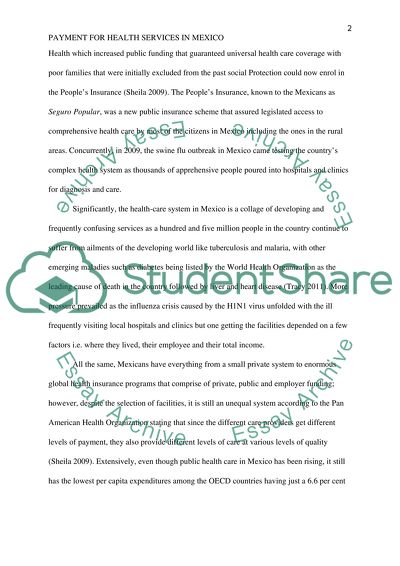Cite this document
(“Executive summary Essay Example | Topics and Well Written Essays - 1250 words”, n.d.)
Executive summary Essay Example | Topics and Well Written Essays - 1250 words. Retrieved from https://studentshare.org/nursing/1488592-executive-summary
Executive summary Essay Example | Topics and Well Written Essays - 1250 words. Retrieved from https://studentshare.org/nursing/1488592-executive-summary
(Executive Summary Essay Example | Topics and Well Written Essays - 1250 Words)
Executive Summary Essay Example | Topics and Well Written Essays - 1250 Words. https://studentshare.org/nursing/1488592-executive-summary.
Executive Summary Essay Example | Topics and Well Written Essays - 1250 Words. https://studentshare.org/nursing/1488592-executive-summary.
“Executive Summary Essay Example | Topics and Well Written Essays - 1250 Words”, n.d. https://studentshare.org/nursing/1488592-executive-summary.


